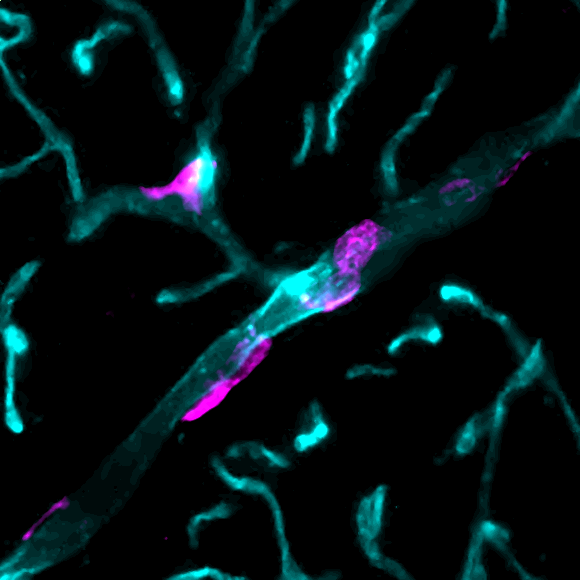
Natalie King
@natkingscience
Pericytologist and neuroscientist. Currently researching the role of vascular dysfunction in Alzheimers Disease and Multiple Sclerosis. 🧠🧪🥼
ID: 1315499693191827457
https://www.researchgate.net/profile/Natalie-King-21 12-10-2020 03:49:12
46 Tweet
450 Takipçi
589 Takip Edilen

Join us next Friday for a workshop facilitated by Brad Sutherland's Perivascular Research Group! This workshop aims to provide insight in successfully developing an engaging and scientific literate presentation that will ‘WOW’ the audience. Check your email for a zoom link!
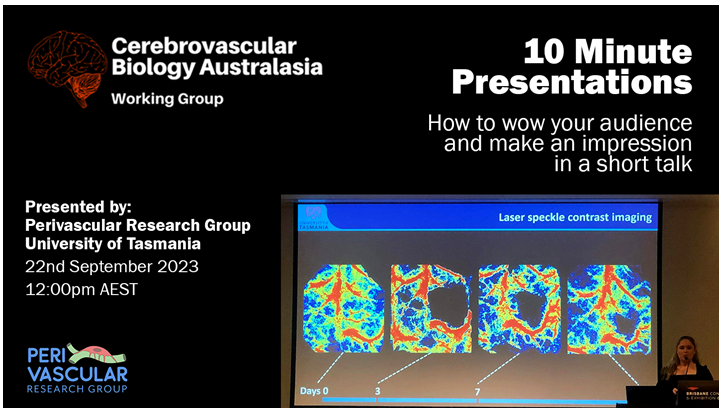
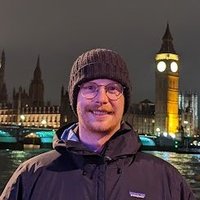
📢 Exciting news - my latest preprint exploring the impacts of pericyte ablation on behaviour and brain health is out! 🧠🩸🐭 biorxiv.org/content/10.110… Brad Sutherland Young Glial Research Team Pericytes 🟣 Vessels 🟢 #pericytes #neuroscience (1/3)


Sometimes #pericyte cell culture can get #spooky. Is this #perinormal activity? #HappyHalloween 🎃💀 perivascular.org/our-team Brad Sutherland Natalie King Jo-Maree Courtney Dr. Jake Cashion


Fabulous talk by Brad Sutherland at Australasian Neuroscience Society (ANS) 2023 in #Brisbane about #pericytes and #microglia in health and disease. University of Tasmania TSoM Public Health
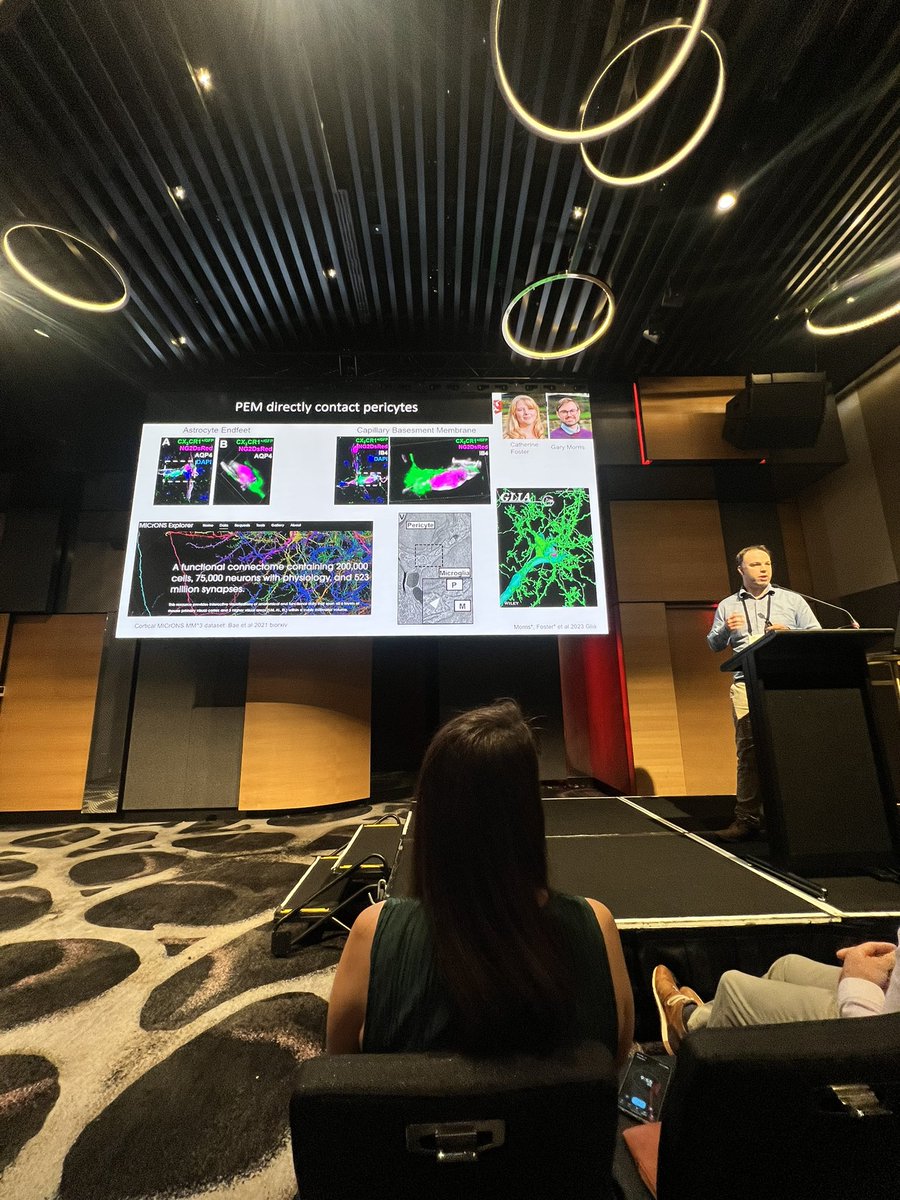


An exciting talk by Alastair Fortune about #MultipleSclerosis-associated gene variants Australasian Neuroscience Society (ANS) 2023 in #Brisbane with some beautiful IHC images! University of Tasmania Young Glial Research Team ANS Students Australasian Neuroscience Society





We're hiring! Come and work with use on understanding the cellular mechanisms of brain dysfunction in MS! careers.utas.edu.au/en/job/499619/… with Young Glial Research Team and Nicholas Blackburn

Check out our new work on how microglia interact with the vasculature through astrocyte end feet using the Allen Institute #MICrONS cortical mm^3 dataset! Had a great time working with @Gazz4_Science, Brad Sutherland and Søren Grubb to produce this work!
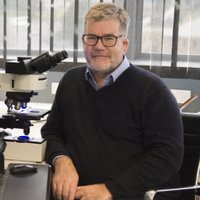


Great to see Tram's paper online showing that rTMS increased interneuron activity following demyelination and increased remyelination by new and surviving oligodendrocytes. Thanks to coauthors including Carlie L Cullen , Alastair Fortune , Laura Reale , Tom Lewis .





